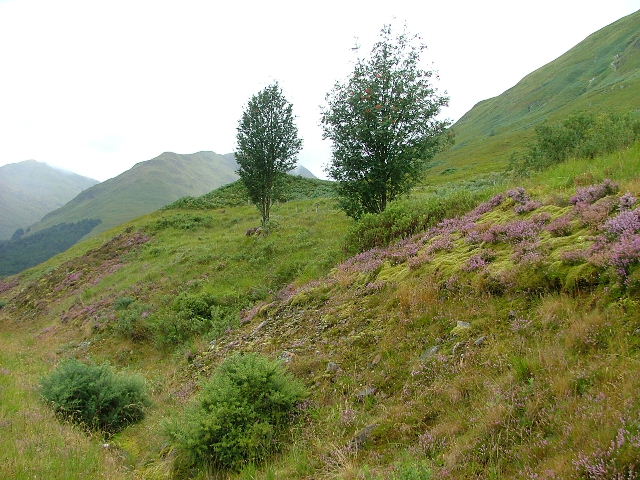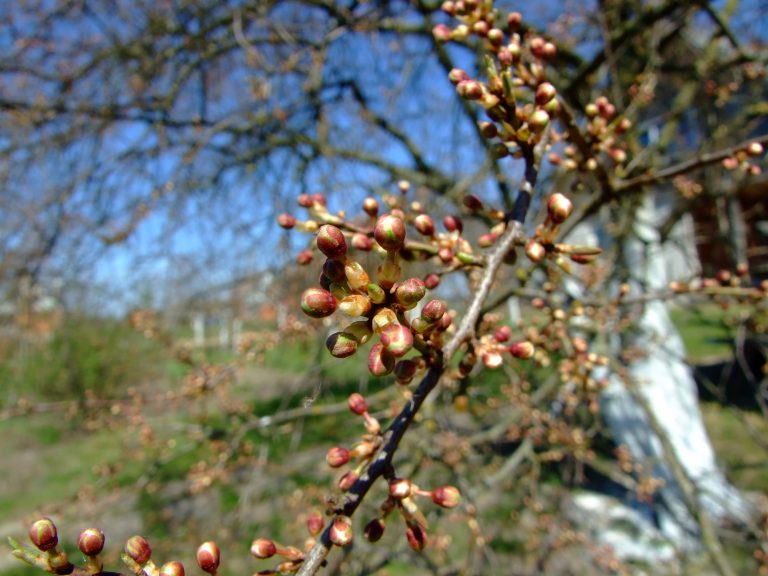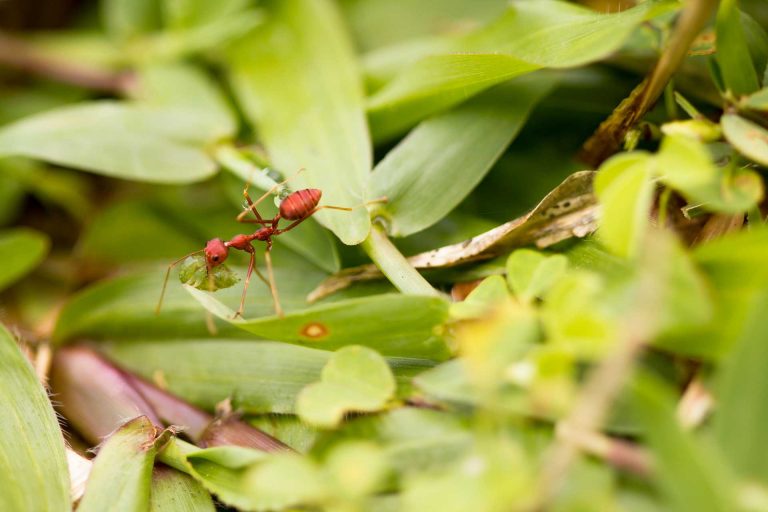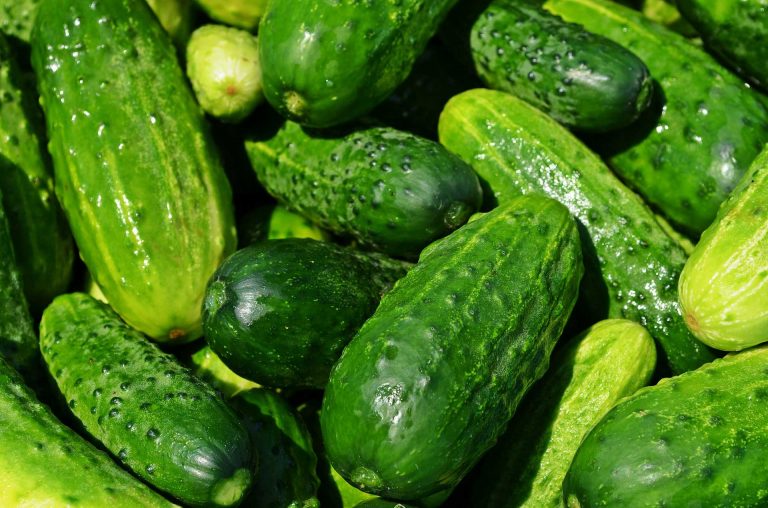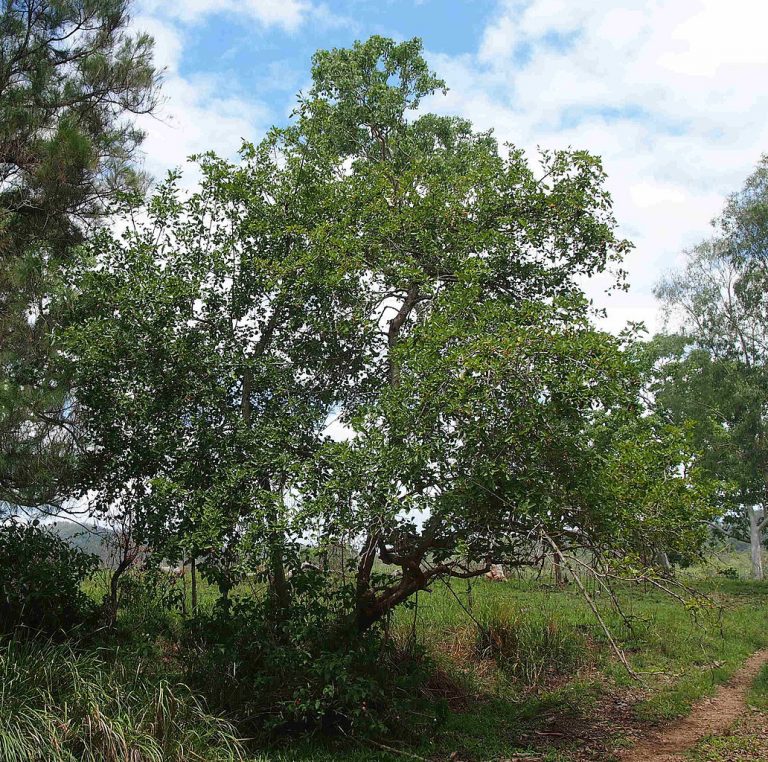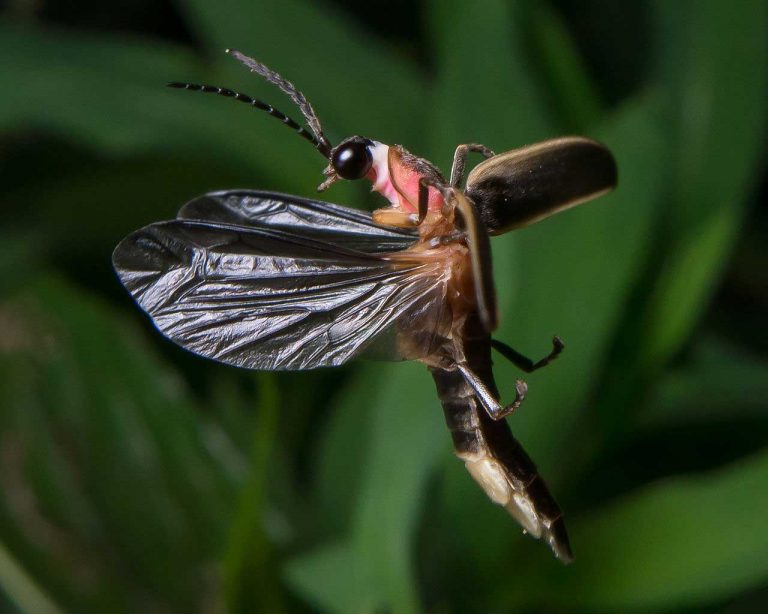Rowan
Scientific Classification
| Kingdom: | Plantae |
| (unranked): | Angiosperms |
| (unranked): | Eudicots |
| (unranked): | Rosids |
| Order: | Rosales |
| Family: | Rosaceae |
| Genus: | Sorbus |
| Subgenus: | Sorbus |
The Rowans, otherwise named mountain ashes, are shrubs of the Sorbus genus and belong to the Rosaceae family. Initially, this name was given to the Sorbus aucuparia species which is the name given to other species as well.
The Sorbus-Rowans which are subgenera of Sorbus are not connected to the real ash tree, they are of the Fraxinus genus and the Oleaceae family, despite the fact that their leaves bear an externally similar appearance.
It was in 1804 that the name rowan was officially recognized and separated from the previous rowan tree, Rountree, seen in northern Scottish lands and Europe from the 1540s
This good looking tree is small, robust and enduring mountain ash, its leaves are fern-shaped, delicate and soft. Because of its beauty, it is mostly planted as an ornamental tree. Besides, in summer it is a super source as a shade. In spring, it flowers generously, and its flowers are creamy white in color. These flowers turn into reddish-orange, round shaped berries. In autumn, you will start raking up its beautiful small leaves. At this time you will be surprised to see the rowan tree’s beautiful color, justifying all the efforts you have put into it.
Anatomy
Most of the Rowan trees are tiny deciduous trees of height 10 to 20 meters, even though some are shrubs. The leaves are oriented alternatives, pinnate in shape, having 7-11-35 leaflets, with a definite terminal leaf in them. The tree bears flowers in packs of corymbs. The flowers are all cream in color, 5 to 10 mm across, having five petals. The fruits are small in size of diameter 4 to 8 mm, mostly red or deep orange in color. However, in certain Asian varieties they are yellow, pink or white in color. The soft and juicy fruits are a good source of food for the birds, especially thrushes and waxwings. They further spread the rowan seeds through their droppings. The size of the fruits is very small. They are called berries, except that a berry is an ordinary fruit formed from a single ovary. But a pome is an ornamental fruit.
Rowan belongs to the family of roses, Rosaceae, it is the foremost rose tree which grows quickly, but has a short life. This is specifically a small tree that grows to a height of 10 to 15 m, in exceptional cases it grows up to 20 m in height. It is a slender tree, even though matured ones are probably substantial – The trunk of an aged Rowan from Carmach Mor situated on the West Affric Estate is 40 cm in diameter. It is usual to find forms of multi-stems, because of mammals browsing and the following generation of basal shoots. The bark is smooth and brown with gray hue. When wet it is shiny and has a projection of dark dots or lenticels. The branches are particularly pointed upwards and end in oval shape, having purple colored buds, which are mostly enclosed in gray hairs.
This deciduous rowan tree produces a newly grown leaf in the month of April and in Autumn, and they become bright orange red oriented, before harvesting.
Habitat
Rowans are indigenous all over the temperate zones of the Northern Hemisphere; its greatest varieties are found in the mountains of the Himalaya and Western China, where several euphemistic micro varieties are present.
Rowans are endemic throughout the regions of Western Asia, in Russia, Europe, and the Caucasus. You can also find them in North Africa in the Morocco Mountains. There are records of them in elevated areas as high as 2,000 meters in France. Rowans grow along with downy birch (Betula Pubescens) and certain willows (Salix spp), It also grows in Europe in the extreme northern limits where the latitude is 70 degrees.
GROWING AT HOME
Soil for Planting
Rowan trees, though fond of light and properly drained peaty soils, are, however, adapted to other soils. We find them growing in altitudes of 1,000 meters and in rocky and steep areas.
Make amendments to the soils of pH if out of range. If the pH is less than 4.5 add lime and if more than 7.5 add peat moss. And further add the required amendment as per the directions of the manufacturer.
Planting
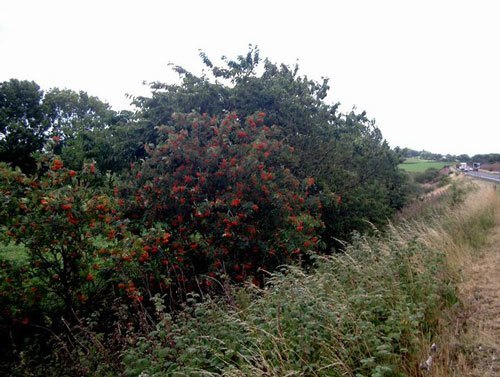
Photo by: Gordon Brown
Nearing the end of fall, when the tender trees are dormant, is the ideal time for planting the Rowans. Plant them in partial shade or where there is complete sun. Digging a hole which is thrice the root ball’s width, plant the tree in in it and fill in the soil round the plant. Even though Rowan trees are not concerned about the type of soil and adjust to clay and rocky soils, the ideal soil is one that is well drained. Water the tree that is newly planted and provide it with support.
Wrap the plug of the roots up to 25mm of soil and ram it round the roots. In case two persons are working on it, one should fill back the soil round the root plug with the moist soil, when the next person holds the tree vertically. Further, make use of the rest of the soil to pack the pit to the level of the former level of the ground. In the course of filling, press the sand during every layer, with your hands or feet. However, never stamp very hard, if so, you may well over pack the soil.
Watering
After planting, water your Rowan thoroughly with a soaker hose. In the absence of rain, pour a minimum of 2.5 cm (1 inch) of water. Retain the moisture in the soil to 2.5 cm deep (1 inch) every time during the initial season of growing. Once set, add water only in dry weather. Confirm if the tender plants as well as the seeds are moist every time.
Temperature and Humidity
After watering your Rowan plant properly, it becomes comfortable if the soil is moist. But, be comforted in knowing that your rowan withstands cold weather, wind and drought.
Flowering and Maturing
Normally the flowers bloom in the month of May or towards the commencement of June, when the leaves appear. These flowers are colored creamy white. Each flower is of diameter around 1 cm and is grown in corymbs or thick bunches, with 250 flowers in every bunch, and 8 to 15 cm in diameter. The powerful perfume invites pollinating insects, which includes several types such as bees, flies and insects.
The flowers that are made fertile develop into berries of diameter 8 mm; they ripen to brilliant red color during the months of August or beginning of September. These berries contain a lot of ascorbic acid (vitamin C), The berry has 8 tiny seeds in it, as against normal fruits that contain 2 seeds. The berries are a major food for birds, which eat them and disperse the seeds through their droppings.
Care
It is essential to prune a Rowan tree at the young age in order to discard the vertical branches or those that crisscross each other. A matured tree does not need pruning.
The rowan trees that are planted in properly drained soil need no fertilizing.
At the beginning of spring, discard the damaged or dead branches with a pruning tool.
Spreading a 7, 5 cm (3 inches) thickness of bark chips beneath the Rowan tree canopy, will stop the growth of weeds, increase drainage and safeguard the roots.
Avoid excess watering of the Rowan tree. The soil soaked with water, enhances decay of the roots, which leads to a tree to die. In case you feel that the soil is moist 2.5 (1 inch) down, never exceed watering.
Pest and Pesticides
The Rowan trees are sturdy and stubborn. So long as the rowan tree is planted in colder regions, which is their preference, they never get sick. In case Rowan is grown in warmer surroundings, it is liable to develop a fungus that destroys it. The bacterial disease can only be cured by pruning away the affected branches.
Lichen, which is hardly a problem for the Rowan tree, grows on the bark of the tree. The leaves of the rowan tree are a favorite for the deer. Even though this affects certain people, they love planting them.
The ideal time for collecting the scarlet colored berries of the rowan is towards the end of August or beginning of September, when they are harvested and stored. Picking the berries early is a risk as the seeds may be immature, whereas very late picking tends the birds to consume them.
Collect the bunches directly from the tree by getting hold of the branch having the berries and cutting it with a pair of scissors. Be careful not to cut the coming year’s bud! This prevents any damage to the tree. It is possible to store the berries in a bread basket of a bucket for one or two weeks, so long as they are placed in a dry and cool place.
Varieties
• “Fructo Luteo” is a fine tree for your garden; it grows to a height of 25 feet, unlike the normal Rowan tree which grows to a height of 50 feet. This tree produces a golden colored fruit during the fall.
• Sheer water seedling is a slender vertical Rowan, mostly used for lining the streets.

Having discovered a fondness for insects while pursuing her degree in Biology, Randi Jones was quite bugged to know that people usually dismissed these little creatures as “creepy-crawlies”.

